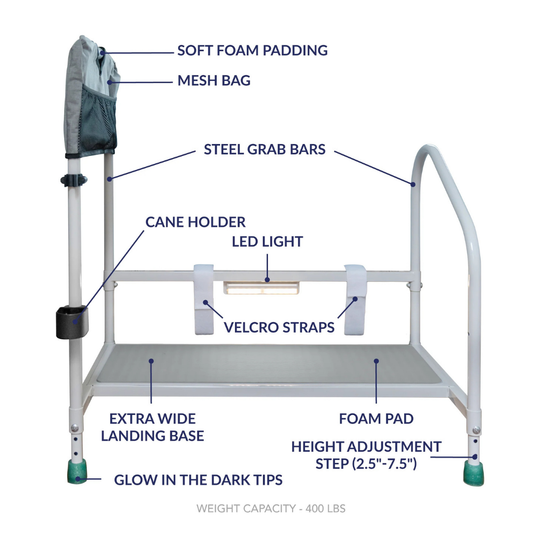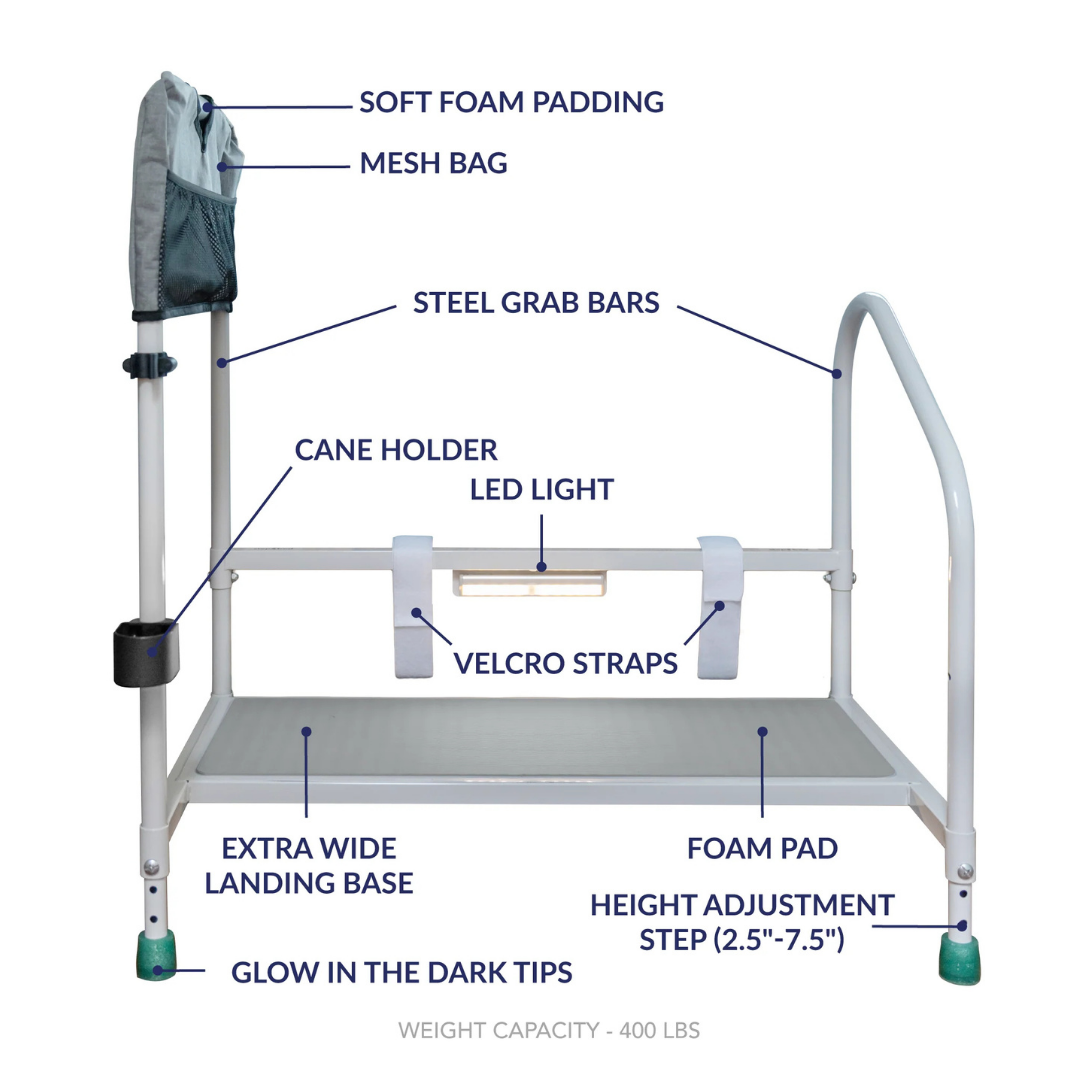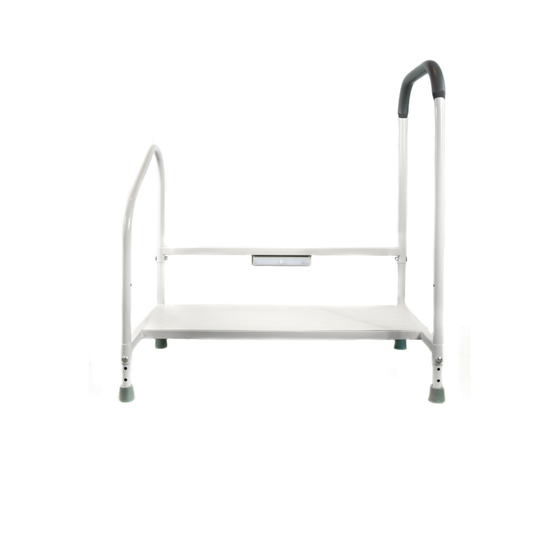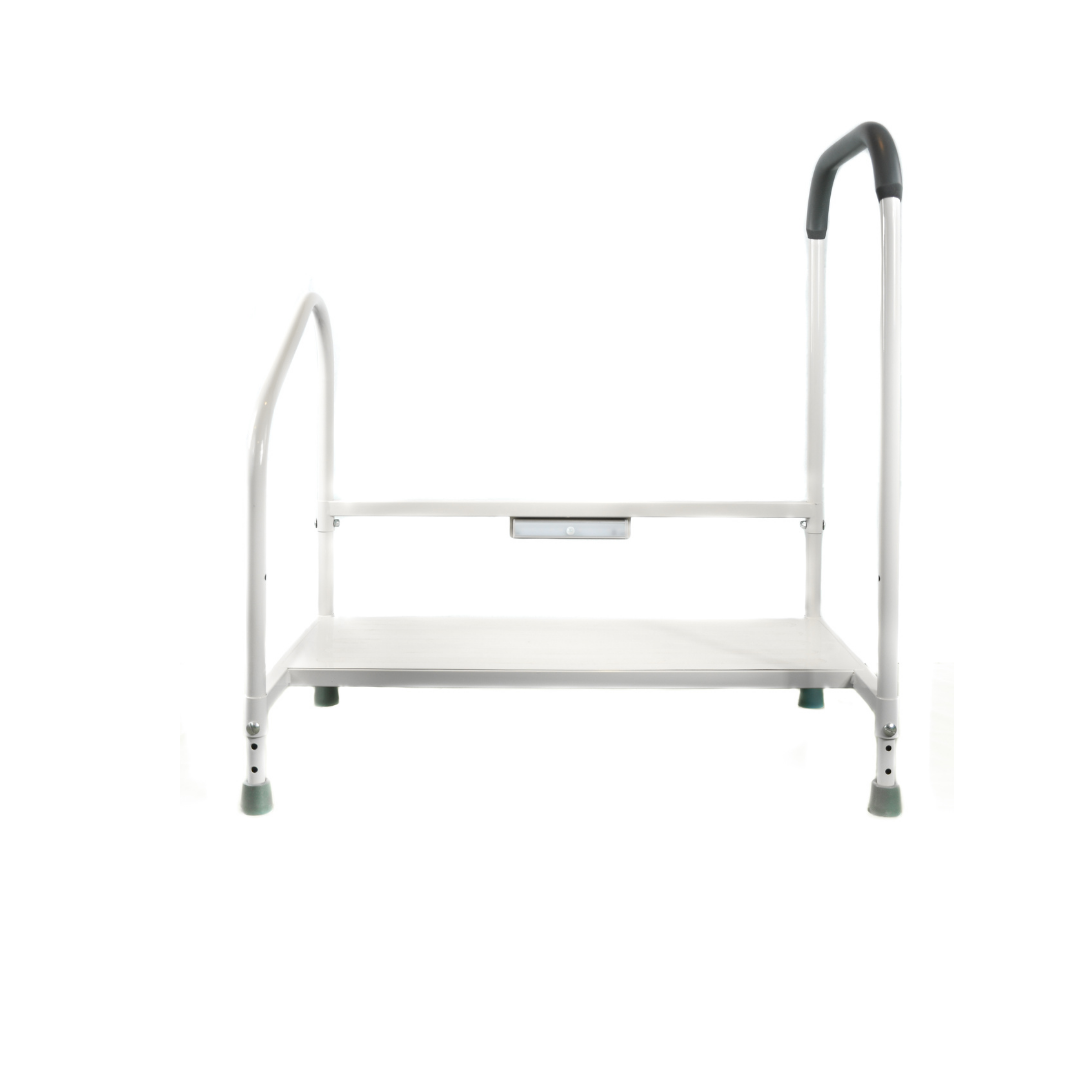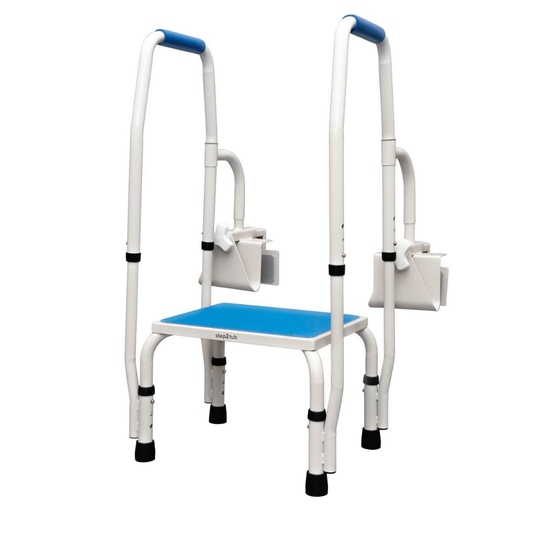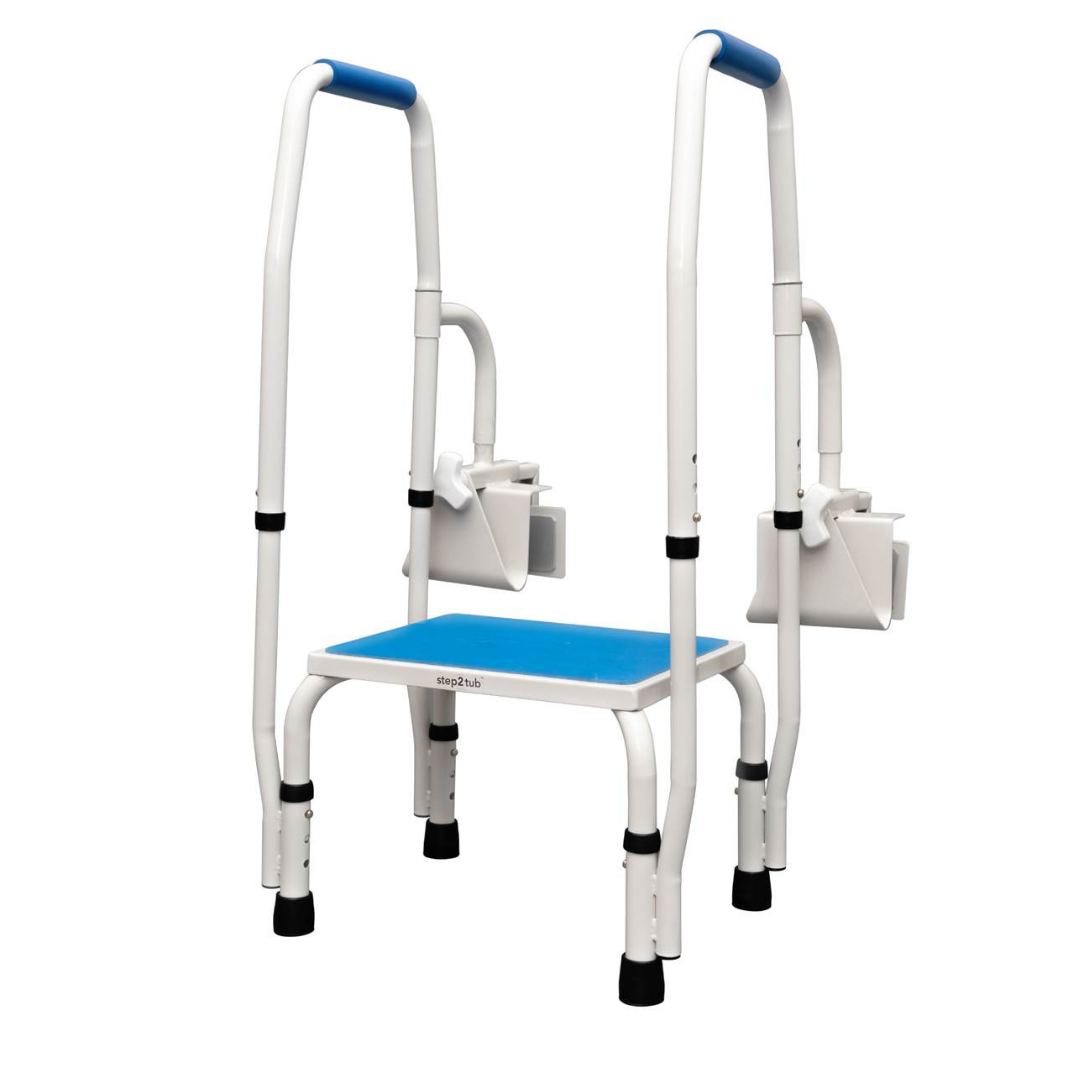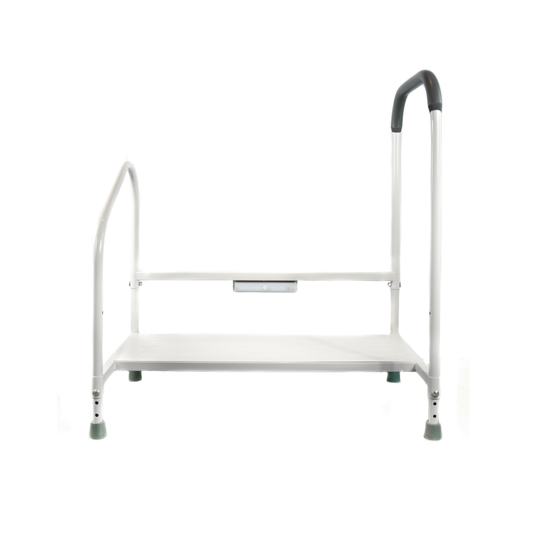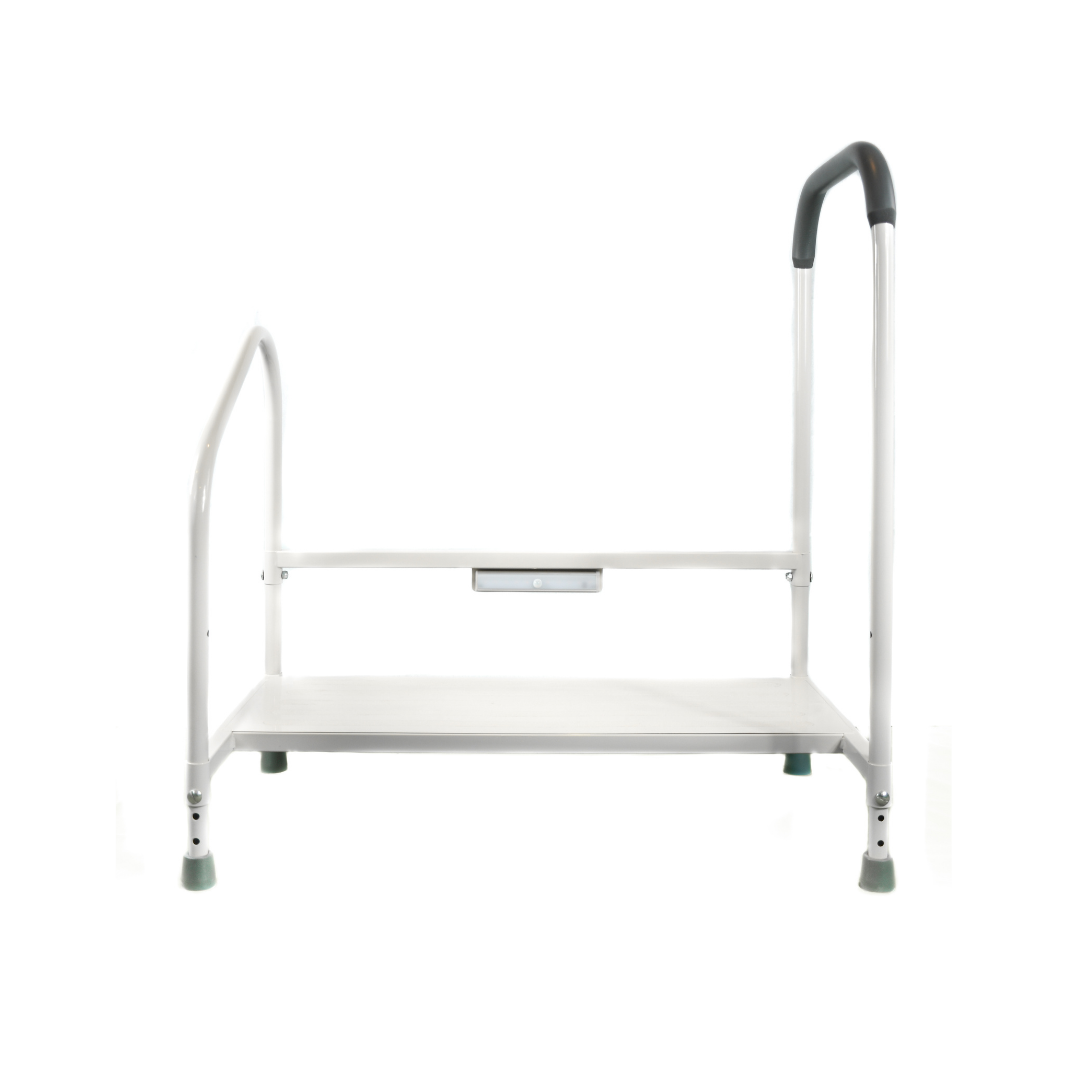Sleep, Mobility & Fall Risk: Why Rest Is Crucial for Senior Safety
Introduction: Why Sleep Is the Key to Fall Prevention
Quality sleep isn’t just about feeling rested—it plays a critical role in maintaining mobility and preventing injuries. Unfortunately, the connection between poor sleep and fall risk is often underestimated, especially among older adults. For seniors, disrupted sleep can lead to reduced muscle strength, slower reflexes, and impaired balance—all major contributors to falls. Understanding how sleep quality impacts mobility and stability is essential for effective fall prevention and preserving independence.

How Sleep Affects Mobility in Seniors
Sleep is vital for muscle recovery, coordination, and cognitive performance. When seniors experience sleep deprivation, the effects on mobility can be dramatic:
-
Reduced Muscle Strength and Coordination
Without restorative sleep, muscles weaken, making walking and standing more difficult—especially for those already facing mobility challenges.
-
Slower Reaction Time
Fatigue reduces mental alertness, increasing the risk of trips and stumbles.
-
Impaired Balance and Gait
Poor sleep affects balance control and spatial awareness, essential for safe ambulation.
-
Dizziness and Orthostatic Hypotension
Disrupted sleep can cause blood pressure fluctuations, making it dangerous to rise from bed too quickly.
The Link Between Poor Sleep and Increased Fall Risk
Numerous studies highlight the strong relationship between sleep disturbances and fall risk in seniors. Key contributing factors include:
-
Cognitive Impairment
Inadequate sleep disrupts memory and focus, reducing spatial judgment and the ability to navigate environments safely.
-
Decreased Night Vision
Sleep-deprived individuals often experience poor vision and depth perception—key hazards when moving at night.
-
Increased Nocturia
Frequent nighttime trips to the bathroom interrupt sleep and present high fall risks due to disorientation and low lighting.
-
Worsening of Chronic Pain
Pain causes fragmented sleep, and inadequate sleep heightens pain sensitivity—further reducing mobility and increasing instability.
Fall Prevention Tips: Improving Sleep to Support Mobility
To minimize fall risk and improve overall senior mobility, it’s essential to address the root cause—poor sleep. Try these proven strategies:
-
Stick to a Sleep Routine
Encourage consistent sleep and wake times to align with the body’s circadian rhythm.
-
Create a Safe Sleep Environment
Install grab bars, remove clutter, and use non-slip flooring to reduce nighttime accidents.
-
Promote Daily Activity
Regular physical exercise improves sleep quality and supports muscle strength, balance, and endurance.
-
Reduce Evening Stimuli
Avoid caffeine, screen time, and heavy meals before bedtime to improve sleep onset and duration.
-
Talk to a Doctor
Persistent insomnia may require clinical interventions such as CBT-I or sleep aids approved for seniors.

Sleep-Friendly Equipment to Prevent Falls
Incorporating supportive devices can make a big difference in minimizing fall risk due to sleep-related mobility issues:
-
Enhance comfort and ease of movement in and out of bed—especially for those with limited mobility or pain.
-
Improve nighttime visibility and prevent disorientation when moving through the home.
-
Bed Exit Alarms
Alert caregivers to movement, providing faster response times in high-risk situations.
-
Fall Recovery Cushions
If a fall does occur, these tools make it easier and safer to assist the individual back into bed.
Conclusion: Better Sleep = Safer Mobility and Fewer Falls
When it comes to fall prevention, don’t overlook the role of sleep health. By addressing sleep quality, seniors can improve their mobility, stay safer at home, and maintain independence longer. From lifestyle adjustments to supportive sleep equipment, improving rest isn’t just about comfort—it’s a vital part of living well and aging safely.


